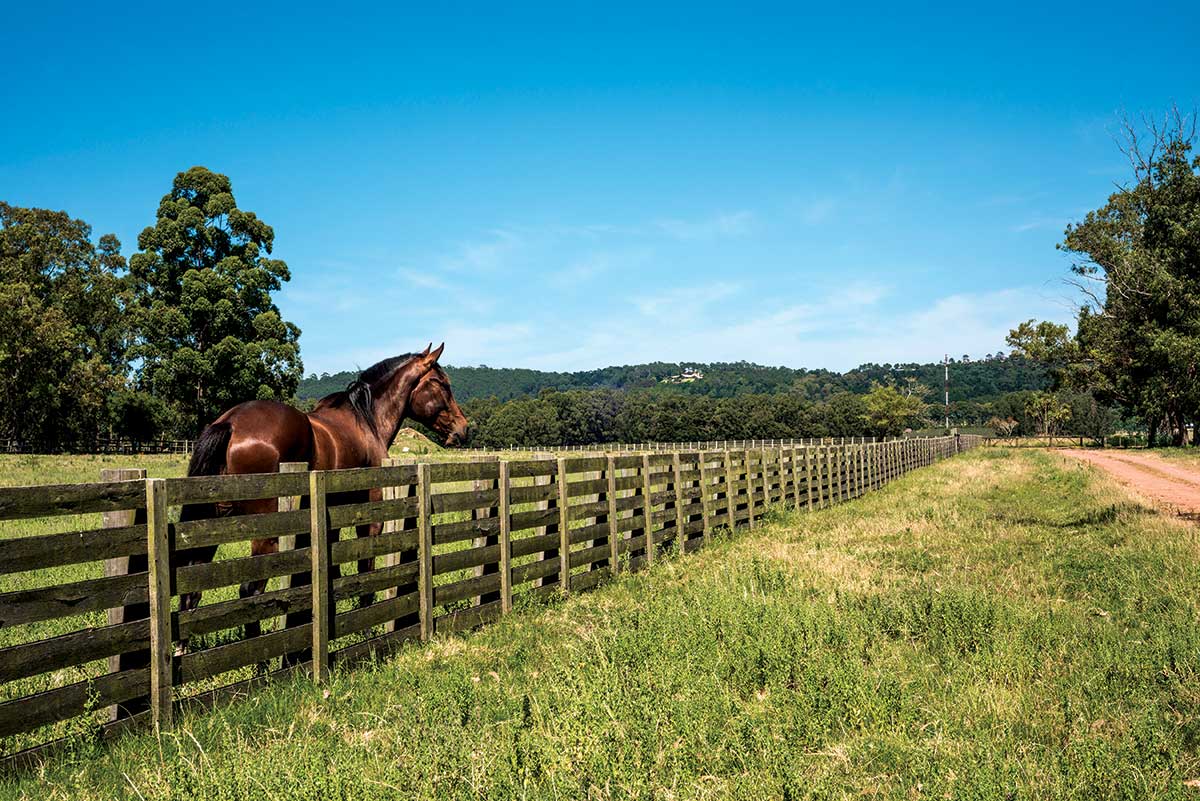
Horses are like small children; you must always be on guard against things that might hurt them. Here’s how to prevent wounds from happening.
[READ: Prevent Puncture Wounds in Hooves]
Around the Barn
Protruding nails, jutting wire, wood splinters, torn feed tubs, broken concrete—anything that can lacerate or puncture flesh is a serious danger. Get in the habit of routinely checking for such perils to catch and fix them before they can injure your horse.
Your barn’s aisles and doorways should be at least 8 feet wide to avoid crowding/bumping. Ceilings should be high enough to avoid contact with a rearing horse’s head—ideally 9 feet or more. Stalls should be at least 12 by 12 feet to minimize the risk of casting (becoming trapped against a wall).
Your barn’s floor should provide good traction, and all partitions separating two horses must be strong and smooth, with no place for flailing hooves to become hung up.
In the Pasture/Paddock
Horse-safe fencing is nonnegotiable—no cracked boards, loose nails, sagging wire, or over-large weave (or any other means for hooves to become trapped). Barbed wire and uncapped T-posts, of course, are verboten.
Because the safest fence is one your horse won’t touch, consider adding electrification at or near the top of your pasture or paddock enclosure (and stick to horse-safe products).
Check your enclosure’s ground as need be for trash (as from passing vehicles) or footing hazards (sharp rocks, new holes, obscured sprinkler heads, or detritus working its way up from underground).
[READ: Equine Wound-Care Guide]
On the Trailer
Guard against unsafe flooring and torn or bent metal parts with sharp edges. Shipping boots (or wraps if you know how to apply them) are generally a good idea if temperatures permit. Close escape doors, manger-access doors, and grates/screens over drop-down doors or windows any time your horse is in the trailer to prevent attempted “emergency exits.” Never leave the ramp down while your horse is tied to the back of your trailer; the ramp’s edge is a safety hazard to your horse’s legs.






